|
●Would a comparison group that matches the baseline usage pattern of a treatment group start to exhibit bias over time that would negate some of the savings of the treatment group? ●We know that there might be self-selection issues that might need to be addressed during the selection of the comparison group ●But we don’t know what the variability of the bias might be and we don’t know whether or not it might get worse under conditions of large-scale energy changes, such as during COVID experiment ●Simulate the selection of treatment and comparison groups for a program ●Target a subset of high peak load users, similar to what might done for a program that is focused on peak load reduction ●Select a variety of sizes of “treatment” and “comparison” groups from the larger targeted population that can be compared against each other pure doppelganger vs two smallest groups vs two largest groups takeaways: Bias is inevitable in comparison groups due to factors beyond our ability to control for 2) Larger groups will reduce bias, but treatment group may still diverge from comparison group over time 3) Need for more systematic approach to determine optimal comparison and treatment group sizes Standardizing Stratification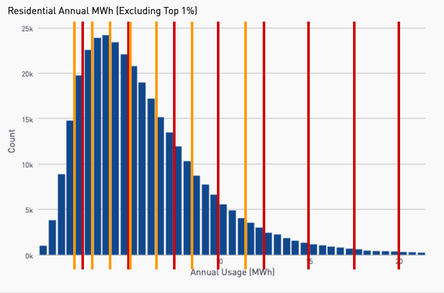 Stratification is about binning ●What parameters? ●Equal distance or population? ●How many bins? ●How many parameters? ●In what order of priority? ●Should there be an order? ●How do you gauge success? Stratified Sampling: What are the Constraints? The only option in resampling is the elimination of meters. Two main constraints: 1.The size of the comparison pool 2.The number of meters needed in the final sample 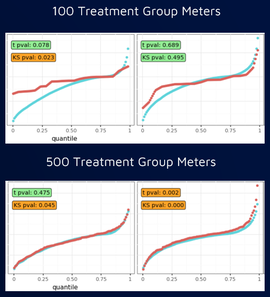 Standardizing Stratification: Dealing with Multiple Parameters Multiple parameters can generate a more representative sample ●Complexity: Stratifying the first parameter and then moving on to the next will inherently change the first ○Solution = Simultaneous 2D or nD binning ●How should the individual parameters be prioritized and binned? ○Solution = An optimal scheme should be determined via algorithm. ●How do you gauge success? Video of the August 28, 2020 Meeting: Comparison WG VIDEO - 2020-08-28 Slides from the August 28, 2020 Meeting (cumulative): Comparison WG SLIDES - 2020-08-28 Chat Record from the August 28, 2020 Meeting: Comparison WG Chat - 2020-08-28
1 Comment
|
Archives
March 2024
Categories |

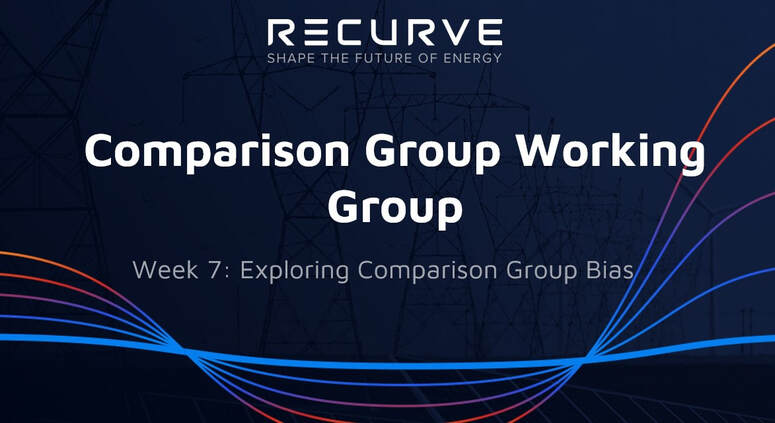



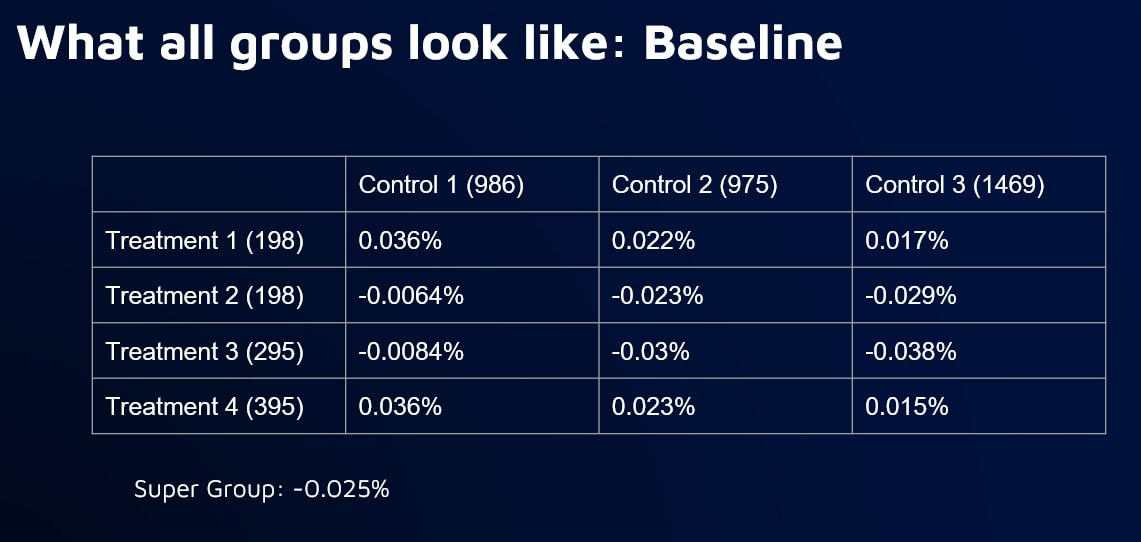
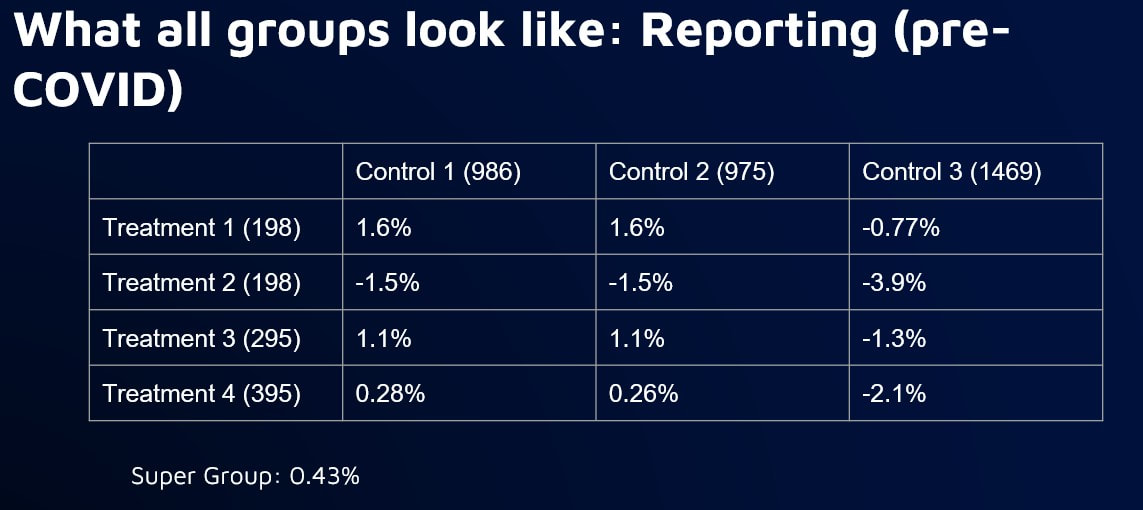
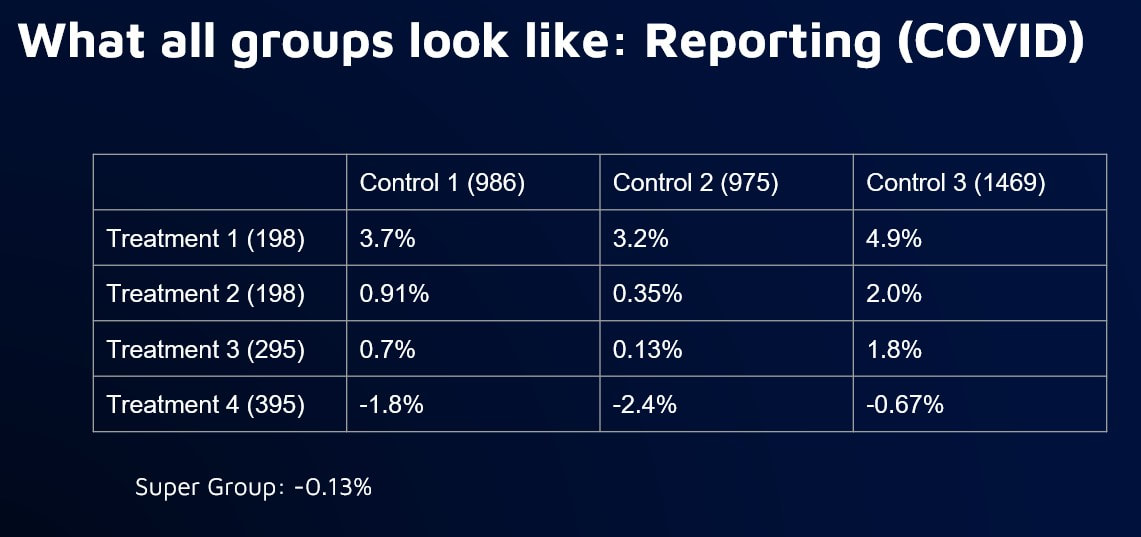
 RSS Feed
RSS Feed
